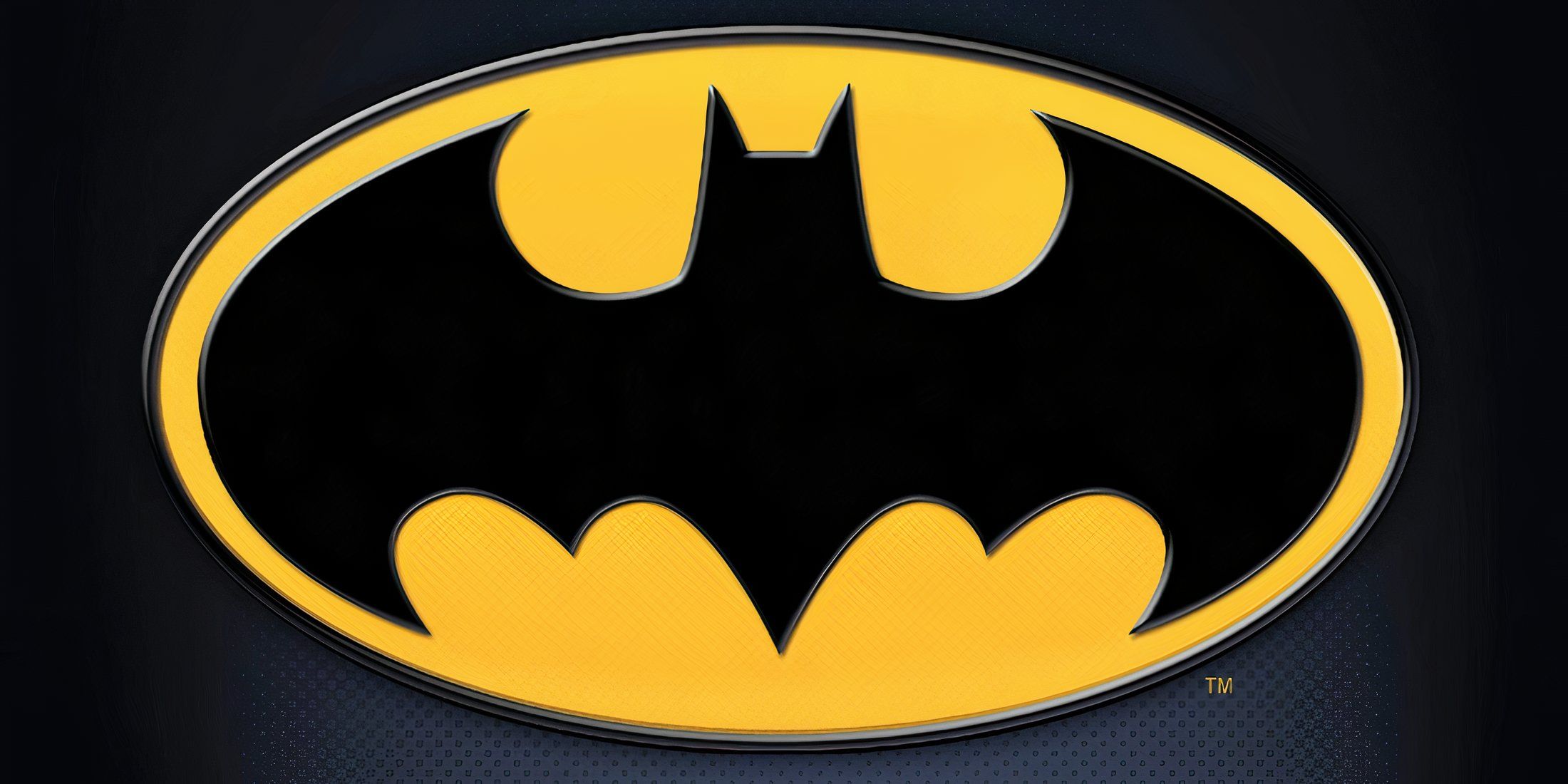Just a short while ago, Private Division launched The Outer Worlds: Spacer's Choice Edition on new-gen systems for fans interested in giving Obsidian Entertainment's futuristic space RPG another look. However, Obsidian's sequel might be where the series really starts to open up technically. The Outer Worlds 2 has a high probability of being the series' move to a wider AAA scope, having the support of Xbox Game Studios to develop the IP further with all its original sci-fi elements intact -- N-Rays being one such curiosity.
So far, it seems that Obsidian has been able to retain its creative culture under Microsoft, with story-heavy titles like Pentiment releasing on Xbox Game Pass last year to critical acclaim. Now, The Outer Worlds 2 and the upcoming fantasy title Avowed could be gamers' first look at how the studio is evolving its RPGs. The first game in The Outer Worlds universe was full of strange science that set it apart, including N-Rays. More than just a damage type, those particularly invested in the lore will notice that it also represents how the fiction's technology wildly differs from reality.
How N-Rays Can Affect The Outer Worlds 2's Technology
In real-life, N-Rays were a disproved form of radiation that was hypothesized during the early 20th century -- a time when modern physics was just coming together. Obsidian's universe, on the other hand, diverges from this period in history to shape its retrofuturistic society. N-Rays are instead treated as an anomalous type of radiation that penetrates armor, multiplies into surrounding targets on impact, and is most harmful to organics. It's among the best effects of The Outer Worlds' ranged weapons, and the sequel can make its world more varied by showing how far science branches off in the timeline.
Taking inspiration from the earliest findings of modern physics, The Outer Worlds 2 has an established setting that's ripe for weird inventions. Weaponized N-Rays are just one way to demonstrate this, but it's telling that it is the only damage type that doesn't exist in the real world. Corrosion, physical, and plasma types all have some basis in reality, while the story behind N-Rays remains dubious. If Obsidian has an interest leaning into pulp sci-fi themes like these, many players may find the answers to the mysteries of The Outer Worlds 2 more profound than previously thought.
While it's possible that the developer is simply using N-Rays to describe a mysterious type of energy, there might be a few interesting implications. French physicist Prosper-Rene Blondlot proposed N-Rays in 1903, a time when scientific concepts like wave-particle duality were yet to be discovered. His findings were eventually debunked, yet it hints that science is fundamentally different in The Outer Worlds. Beyond the corporate dystopia of the first entry's Halcyon Colony, The Outer Worlds 2's new star system is a chance to showcase the game's alt-history elements with fun, advanced technologies that break from classical physics.
Before being debunked, scientists thought of N-Rays as an explanation for bodies supposedly emitting more light without temperature changes. When playing The Outer Worlds, N-Ray beams appear violet and swirl in explosive, nebula-like patterns, so it may relate to some cosmic phenomena exploited by spacefaring weapon manufacturers. Nevertheless, it's an oddity that seems related to a false scientific breakthrough, and perhaps it still is. Given The Outer Worlds' dark humor, N-Rays might be an experimental accident or is false advertising made to sell Halcyon's proprietary technologies. That offbeat worldbuilding provides a good foundation, N-Rays as just one example that Obsidian could leverage in a science-focused sequel.
The Outer Worlds 2 is in development.





